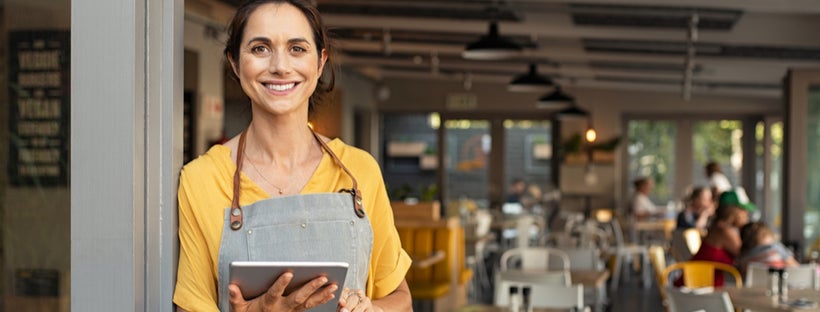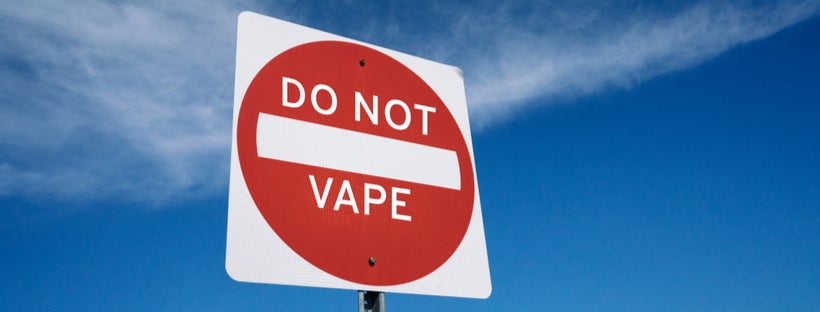Schools provide not just learning and social support for students but also vital childcare, without which many parents cannot return to work. With the arrival of summer break, school systems across the country have mostly signed off on their remote learning.
School leaders are now focusing on shifting from the virtual world and reopening schools for in-person instruction in the next academic year. However, reopening schools carries is a public health risk in the presence of a looming viral resurgence. Parents and teachers are understandably wary.
Returning Back to School

The school districts across the country are facing the daunting task of determining how to reopen safely. It is important to expect and prepare for the unexpected. This makes it crucial to have the right tools at your disposal from the start of the school year.
So, here are 6 essentials to help you prepare your school to re-open in the new normal:
Customizable Signs for Classroom & Hallways
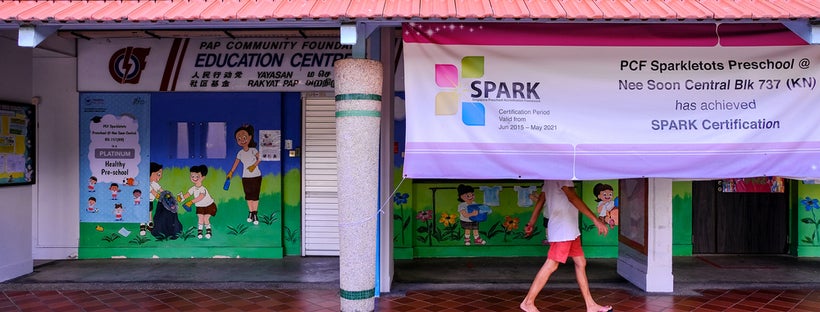
Navigating through the critical guidelines in the new normal can be a difficult task. Especially if you have to make children follow rules, it becomes even increasingly difficult when the rules aren’t abundantly clear. Custom signs placed in the hallways, classrooms, and bathrooms can remind students of all ages to practice health-safe habits.
Consistent reminders and a cohesive messaging campaign will help form a strong foundation of lasting habits. So, these guidelines posted around the school can be really helpful and make the task of teachers easy.
Morning Temperature Checks
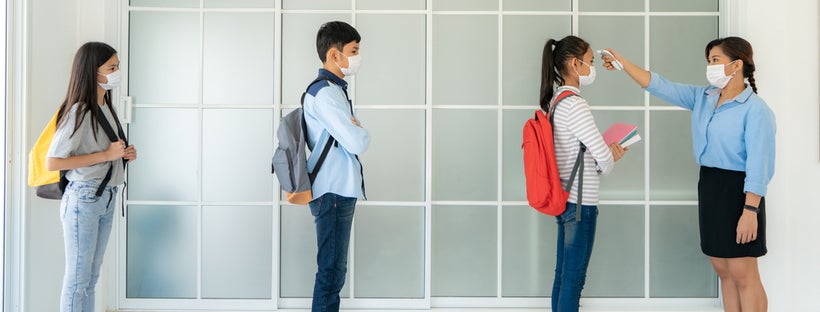
Checking the temperature of staff and students each morning is vital. School districts will have to make this a part of the new routine. To do this, each classroom will need to have its own dedicated staff member well-versed using a thermometer.
Face Masks for Students & Staff
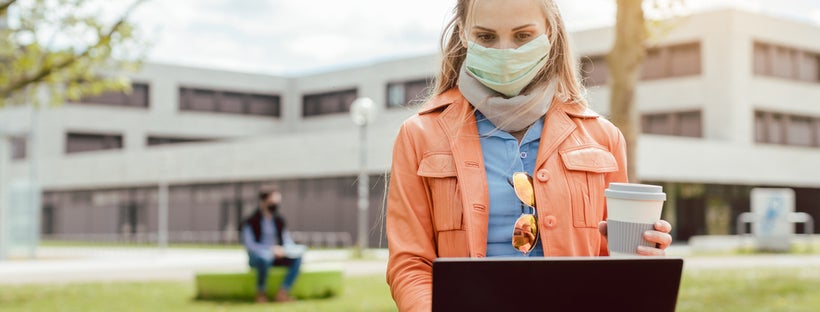
In some areas, schools may be confronted with a face mask mandate. However, as anyone who has ever worked with children understands, this likely won’t be an easy undertaking. Students might come with their own face masks, but it is important to have extra masks at your school. One solution is to provide students with a washable masks that can be reused every day.
Touch-free Hand Sanitizer Disperser
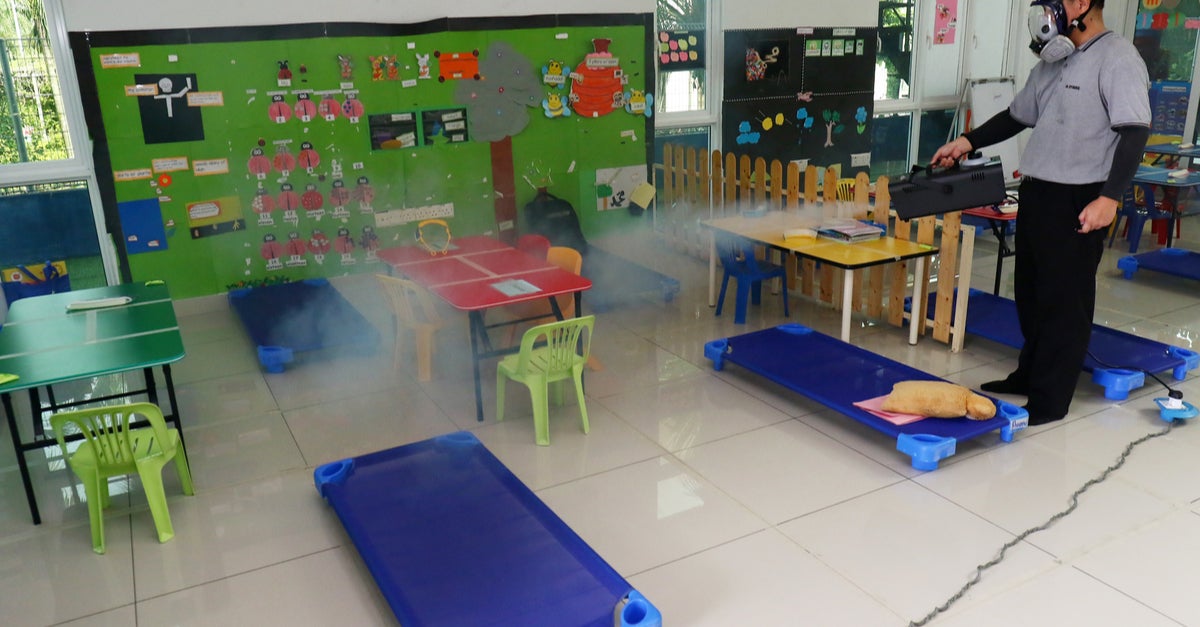
Installing touch-free hand sanitizer dispensers at different places around the school is another step schools can take to improve the safety of the children and the staff. These sanitizers can be mounted on the walls and can be placed anywhere with ease.
Personalized Face Masks & PPE Kits for Sports Teams
It isn’t just the traditional school setting that’s being affected by the Covid-19 pandemic either every area have been affected as well. Sports teams and extracurricular clubs are now faced with the reality that everyone involved must maintain social distancing and employ adequate face coverings.
You can distribute PPE kits in the gymnasiums and get custom face masks with the school logo for your school’s clubs and sports teams.
Sneeze Guard & Partitions for Classrooms
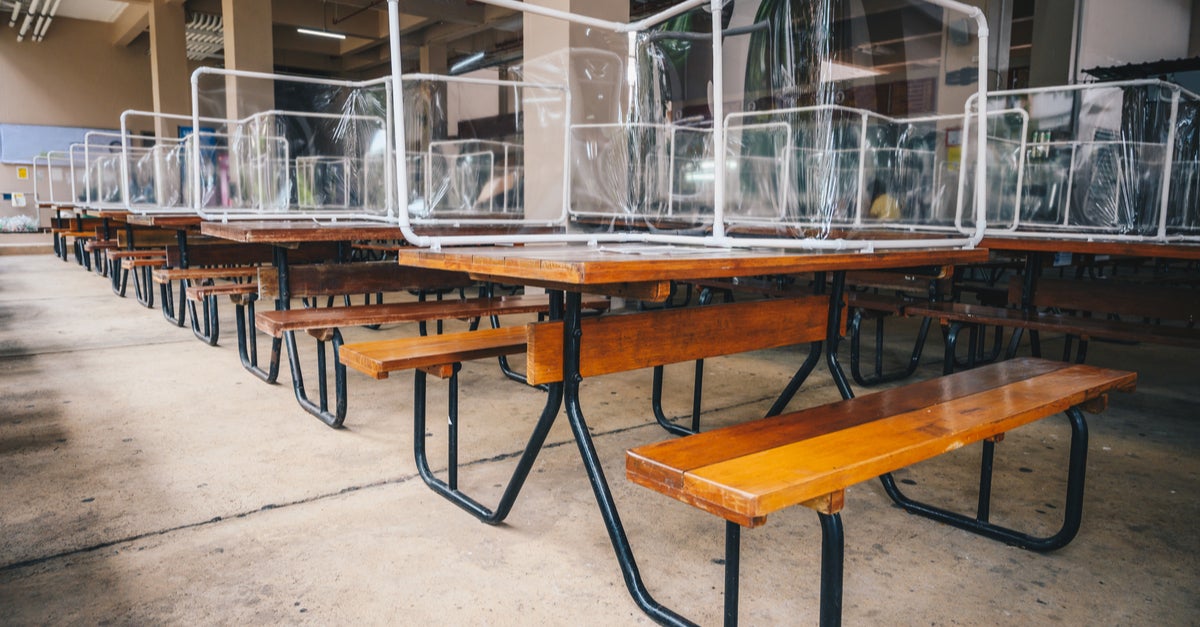
Schools can equip their classrooms with sneeze guards and partitions to practice social distancing norms. Sneeze guards will help to deter the virus with a transparent guard and partitions can help promote social distancing.
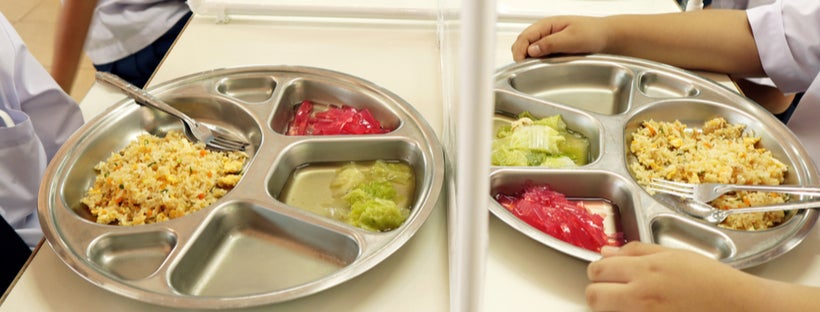
Things to Remember for School Administrators
- Engage and encourage everyone in the school and the community to practice preventive measures. These are the most important actions that will support schools’ safely reopening and will help them stay open.
- Implement multiple SARS-CoV-2 mitigation strategies like social distancing, masks, hand hygiene, etc.
- Communicate, educate, and reinforce appropriate hygiene and social distancing practices in ways that are easy to comprehend for students, teachers, and staff.
- Integrate SARS-CoV-2 mitigation strategies into co-curricular and extracurricular activities like limiting or canceling participation in activities where social distancing is not feasible.
- Maintain healthy environments by cleaning and disinfecting frequently touched surfaces.
- Make decisions that take into account the level of community transmission.
- Repurpose unused or underutilized school (or community) spaces to increase classroom space and facilitate social distancing, including outside spaces, where feasible.
- Develop a proactive plan for when a student or staff member tests positive for COVID-19.
- Develop a plan with state and local health departments to conduct contact-tracing in the event of a positive case.
- Educate parents and caregivers on the importance of monitoring for and responding to the symptoms of COVID-19 at home.
- Develop ongoing channels of communication with state and local health departments to stay updated on COVID-19 transmission and response in your local area.
Final Thoughts
Schools are an important part of the infrastructure of communities, as they provide safe, supportive learning environments for students.
Schools also provide critical services that help to mitigate health and economic disparities. For many children school meal programs, social interaction, physical health, behavioral and mental health services aren’t readily available without a schools’ infrastructure. School closures can disrupt the delivery of these crucial services to children and families.
The unique and critical role that schools play makes them a priority for opening and remaining open, enabling students to receive both academic instruction and support. In order to prioritize opening schools safely and helping them to remain open, communities should consider adopting actions to mitigate community transmission.
Social distancing, face masks, and daily temperature checks weren’t something anybody could have anticipated going into the year. However, these are now the necessary measures to contain COVID-19. So, equip your school with proper safety supplies to have a safe and happy school year.
Resources:
Safely Back to School After Coronavirus Closures
Planning for School Reopening and Recovery After COVID-19
https://www.cgdev.org/sites/default/files/planning-school-reopening-and-recovery-after-covid-19.pdf
Reopening Schools Amid The COVID-19 Pandemic: Your Questions, Our Answers








































 Posted in
Posted in 
